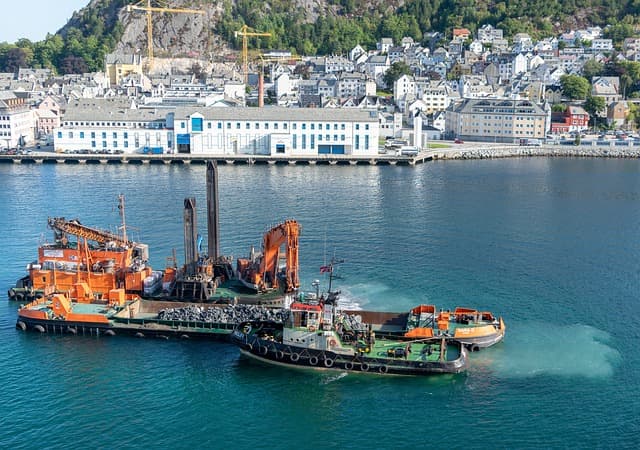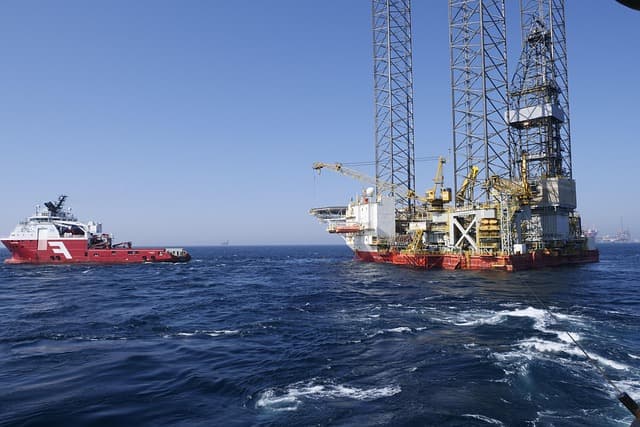Another important sign of the digital transformation of the modern oil and gas industry is the introduction of drones and robotic systems. In recent years, unmanned aerial vehicles (UAVs) have become firmly established on production sites and have gained a reputation as indispensable assistants in high-risk areas and hard-to-reach locations.
The aerial revolution
The introduction of drones into the activities of enterprises has radically changed traditional business processes. Today, they are used at all stages of the production cycle – from geological exploration and pipeline inspection to construction monitoring and environmental assessment.
Companies seeking to improve operational efficiency are actively investing in this segment. For example:
British Petroleum established remote drone control centers several years ago to monitor its facilities in different regions of the world.
The drones perform both routine inspections and emergency sorties in case of alarm signals. The use of high-precision cameras, thermal imagers and gas analyzers allows timely detection of leaks, corrosion, insulation failures and other defects.
Exploration and 3D modeling
One of the key applications of UAVs is geological exploration. Using drones with laser scanners, LiDAR and photogrammetric cameras, companies get:
- High-resolution orthophotomaps,
- 3D terrain models,
- accurate coordinate data for drilling planning.
This approach accelerates exploration and reduces the cost of operations. In addition, drone imagery can be integrated with geographic information systems (GIS) to facilitate reservoir modeling and analysis of reservoir potential.
Monitoring and safety
UAVs are also used for safety surveillance and monitoring contractors’ work. Thanks to high quality imagery, operators in remote centers can monitor the progress of construction or repairs, detect violations and promptly respond to emergency situations.
Drones are also effectively used in facility security: they patrol perimeters, track the movement of equipment and people, and detect intrusions into protected areas.
Underwater robots: deep diving
ROVs (remotely operated vehicles) play an equally important role in the oil and gas industry. These machines are indispensable for servicing offshore platforms and subsea pipelines where conditions are too dangerous or inaccessible for humans.
Underwater robots are capable of:
- conduct visual inspections of structures at depths of up to 3,000 meters,
- measure pressure, temperature, water contamination,
- detect cracks, leaks, damage caused by corrosion or mechanical factors,
- perform minor repairs or deliver goods to hard-to-reach areas.
Some models are equipped with manipulators and can perform tasks such as collecting samples and interacting with infrastructure elements.
Advantages of robotics in oil and gas:
- Increased employee safety: automation reduces the need for people to be in hazardous areas.
- Cost reduction: Drones and robots reduce downtime and lower diagnostic and maintenance costs.
- Accuracy and reliability: robotic systems provide more objective and accurate data than traditional surveillance methods.
- Environmental sustainability: timely leak detection and pollution control help minimize damage to the environment.



